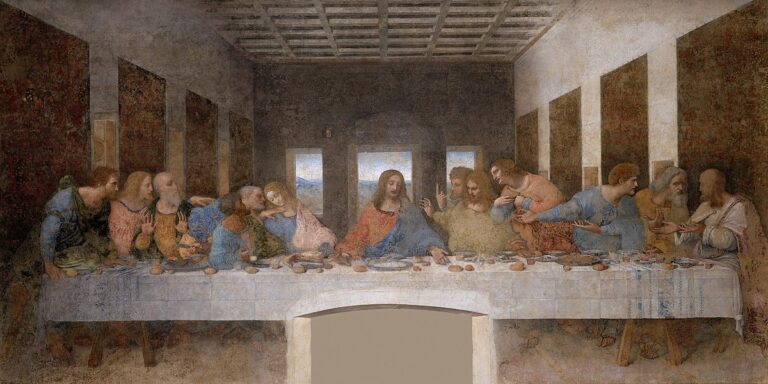This pair was at the very top of the feudal pyramid. These kinds of rulers are also still in existence today.
King & Queen
The states of this country (known for gelato, pasta, and fashion in modern times) became the leading centers of the Renaissance.
Italy
Newton developed a formula for this concept after observing an apple fall from a tree.
Gravity
This Italian scientist designed his own version of the telescope to observe celestial bodies.
Galileo Galilei

This painting by Da Vinci currently sits in a heavily guarded room in the Louvre.
Mona Lisa
Knights followed this code that stated they were to be brave and obey his lord. It is this code of conduct where many of today's ideas about manners come from.
Chivalry
In the 1270s, this famous Venetian explorer, whose name is called during "pool tag," travelled through Asia and wrote a book about his adventures.
Marco Polo
Francis Bacon developed this 7-step empirical method of acquiring knowledge that's still used in scientific research and your science classes today.
The Scientific Method
This Polish astronomer and mathematician, also known as the father of modern astronomy, had ideas about the earth revolving around the sun that disagreed with the Catholic Church's teachings.
Copernicus

This painting by Da Vinci depicts the last meal of Jesus with the 12 Disciples.
The Last Supper
This type of group controlled business and trade in town. This group also brought together people of similar crafts, similar to what you do with friends in World of Warcraft.
Guild
This Italian city, described as a "city of canals," was one of the leading cultural centers during the Renaissance.
Venice
This Revolution was a new way of thinking that changed how Europeans understood science.
Scientific Revolution
He wasn’t from The Renaissance Era, but this Greek astronomer had a theory about the sun and planets revolving around the Earth that was debunked by Copernicus and Galileo.
Ptolemy

This painting by Raphael represents all the greatest mathematicians, philosophers, and scientists from classical antiquity gathered together sharing their ideas and learning from each other.
The School of Athens
In contrast to Freemen, this group of peasants could not own property, move to another area, or marry without the noble's permission.
Serfs
This Italian diplomat wrote The Prince, which was controversial for how it asked princes to go beyond morality and ethics to achieve goals.
Niccolo Machiavelli
Copernicus developed this sun-centered theory that was controversial with the Catholic Church.
Heliocentric
This English mathematician, who actually doesn’t have a fig bar named after him, published a book titled Principia, which describes the three laws of motion of objects.
Isaac Newton

This painting by Michelangelo is only a section from a larger painting, which depicts the creation of humanity at the touch of God's finger.
The Creation of Adam
After the collapse of the Roman Empire, this social system where the people provided labor and homage to their lords in exchange for land and protection was used in Medieval Europe. This system had also made the continent safer.
Feudalism
This Florentine family was one of the wealthiest in Italy and owned the largest banks in Europe during the 1400s.
Medici Family
Galileo designed this tool by utilizing a swinging pendulum and an escapement.
Clock
This German astronomer is known for the three laws of planetary motion. The first law states that planets orbit in ellipses.
Johannes Kepler

This painting by Sandro Botticelli is an allegorical treasure and is widely considered one of the most controversial artworks in the world.
Primavera